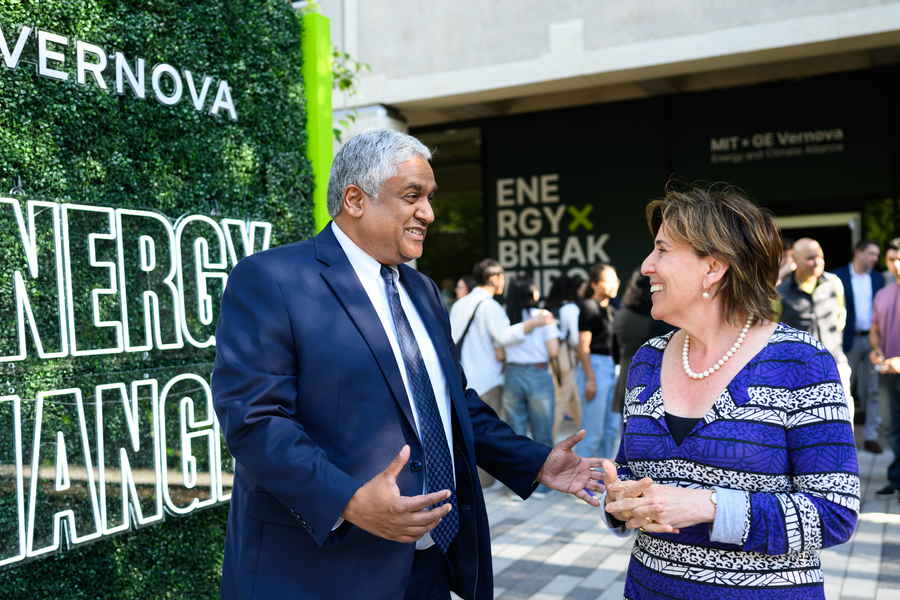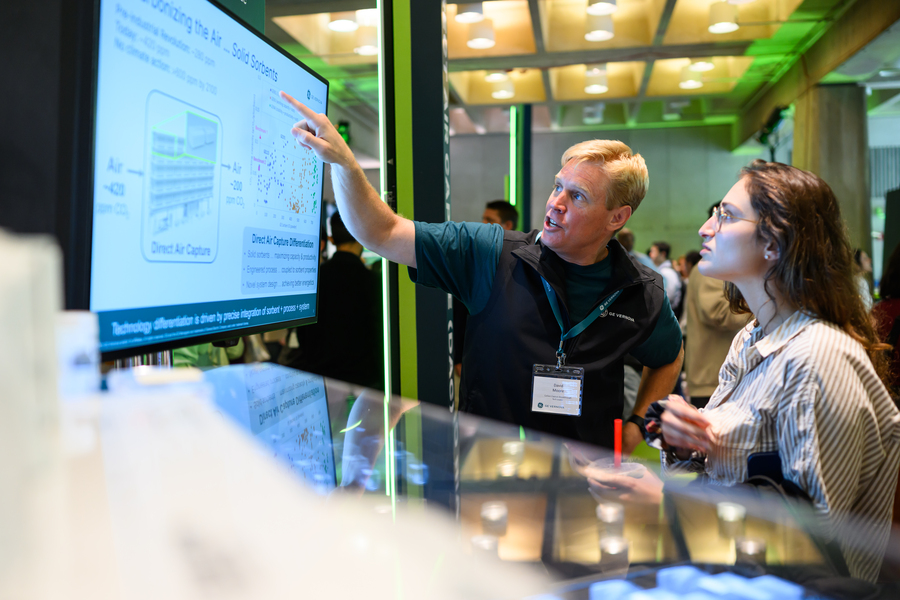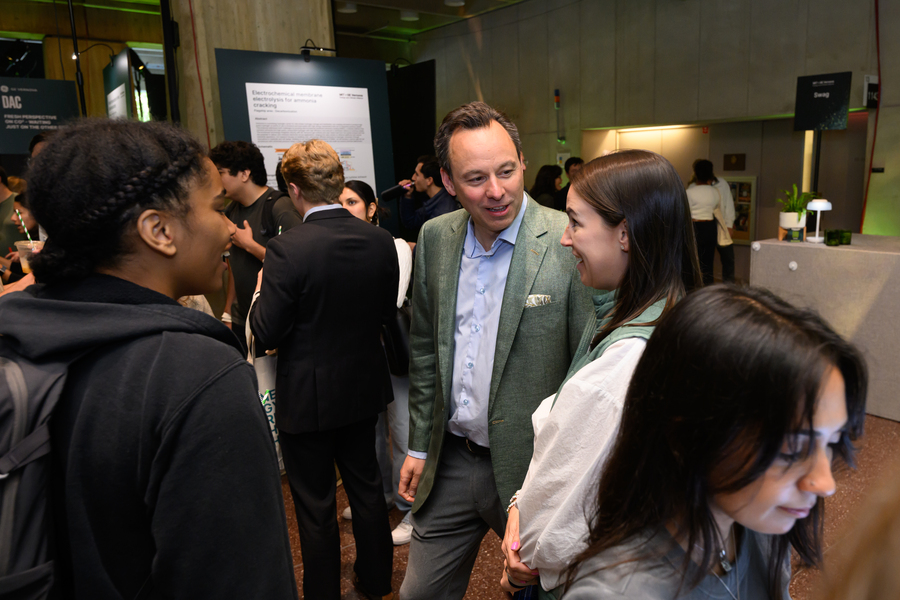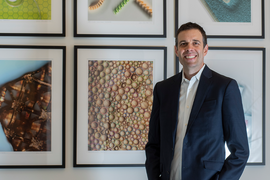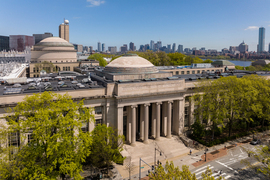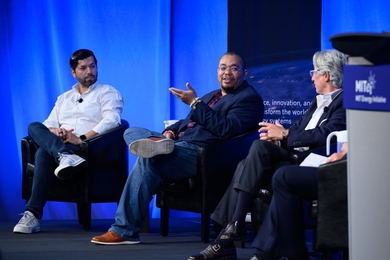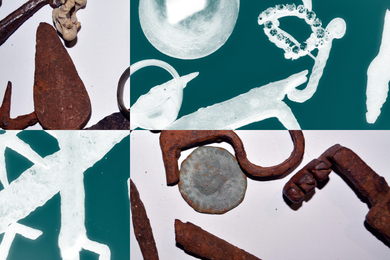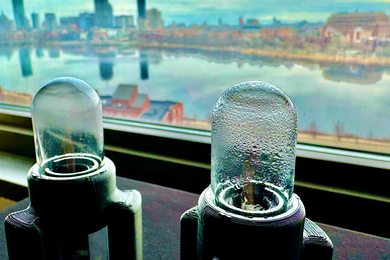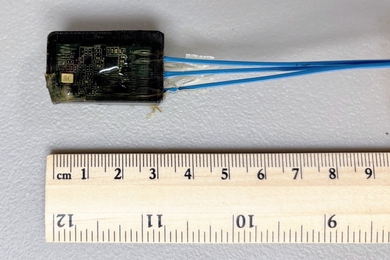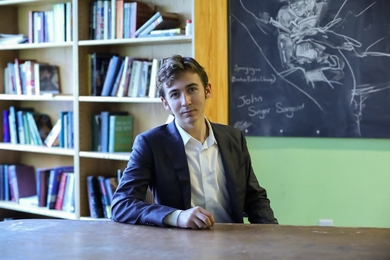MIT and GE Vernova launched the MIT-GE Vernova Energy and Climate Alliance on Sept. 15, a collaboration to advance research and education focused on accelerating the global energy transition.
Through the alliance — an industry-academia initiative conceived by MIT Provost Anantha Chandrakasan and GE Vernova CEO Scott Strazik — GE Vernova has committed $50 million over five years in the form of sponsored research projects and philanthropic funding for research, graduate student fellowships, internships, and experiential learning, as well as professional development programs for GE Vernova leaders.
“MIT has a long history of impactful collaborations with industry, and the collaboration between MIT and GE Vernova is a shining example of that legacy,” said Chandrakasan in opening remarks at a launch event. “Together, we are working on energy and climate solutions through interdisciplinary research and diverse perspectives, while providing MIT students the benefit of real-world insights from an industry leader positioned to bring those ideas into the world at scale.”
The energy of change
An independent company since its spinoff from GE in April 2024, GE Vernova is focused on accelerating the global energy transition. The company generates approximately 25 percent of the world’s electricity — with the world’s largest installed base of over 7,000 gas turbines, about 57,000 wind turbines, and leading-edge electrification technology.
GE Vernova’s slogan, “The Energy of Change,” is reflected in decisions such as locating its headquarters in Cambridge, Massachusetts — in close proximity to MIT. In pursuing transformative approaches to the energy transition, the company has identified MIT as a key collaborator.
A key component of the mission to electrify and decarbonize the world is collaboration, according to CEO Scott Strazik. “We want to inspire, and be inspired by, students as we work together on our generation’s greatest challenge, climate change. We have great ambition for what we want the world to become, but we need collaborators. And we need folks that want to iterate with us on what the world should be from here.”
Representing the Healey-Driscoll administration at the launch event were Massachusetts Secretary of Energy and Environmental Affairs Rebecca Tepper and Secretary of the Executive Office of Economic Development Eric Paley. Secretary Tepper highlighted the Mass Leads Act, a $1 billion climate tech and life sciences initiative enacted by Governor Maura Healey last November to strengthen Massachusetts’ leadership in climate tech and AI.
“We're harnessing every part of the state, from hydropower manufacturing facilities to the blue-to-blue economy in our south coast, and right here at the center of our colleges and universities. We want to invent and scale the solutions to climate change in our own backyard,” said Tepper. “That’s been the Massachusetts way for decades.”

Real-world problems, insights, and solutions
The launch celebration featured interactive science displays and student presenters introducing the first round of 13 research projects led by MIT faculty. These projects focus on generating scalable solutions to our most pressing challenges in the areas of electrification, decarbonization, renewables acceleration, and digital solutions. Read more about the funded projects here.
Collaborating with industry offers the opportunity for researchers and students to address real-world problems informed by practical insights. The diverse, interdisciplinary perspectives from both industry and academia will significantly strengthen the research supported through the GE Vernova Fellowships announced at the launch event.
“I’m excited to talk to the industry experts at GE Vernova about the problems that they work on,” said GE Vernova Fellow Aaron Langham. “I’m looking forward to learning more about how real people and industries use electrical power.”
Fellow Julia Estrin echoed a similar sentiment: “I see this as a chance to connect fundamental research with practical applications — using insights from industry to shape innovative solutions in the lab that can have a meaningful impact at scale.”
GE Vernova’s commitment to research is also providing support and inspiration for fellows. “This level of substantive enthusiasm for new ideas and technology is what comes from a company that not only looks toward the future, but also has the resources and determination to innovate impactfully,” says Owen Mylotte, a GE Vernova Fellow.
The inaugural cohort of eight fellows will continue their research at MIT with tuition support from GE Vernova. Find the full list of fellows and their research topics here.
Pipeline of future energy leaders
Highlighting the alliance’s emphasis on cultivating student talent and leadership, GE Vernova CEO Scott Strazik introduced four MIT alumni who are now leaders at GE Vernova: Dhanush Mariappan SM ’03, PhD ’19, senior engineering manager in the GE Vernova Advanced Research Center; Brent Brunell SM ’00, technology director in the Advanced Research Center; Paolo Marone MBA ’21, CFO of wind; and Grace Caza MAP ’22, chief of staff in supply chain and operations.
The four shared their experiences of working with MIT as students and their hopes for the future of this alliance in the realm of “people development,” as Mariappan highlighted. “Energy transition means leaders. And every one of the innovative research and professional education programs that will come out of this alliance is going to produce the leaders of the energy transition industry.”
The alliance is underscoring its commitment to developing future energy leaders by supporting the New Engineering Education Transformation program (NEET) and expanding opportunities for student internships. With 100 new internships for MIT students announced in the days following the launch, GE Vernova is opening broad opportunities for MIT students at all levels to contribute to a sustainable future.
“GE Vernova has been a tremendous collaborator every step of the way, with a clear vision of the technical breakthroughs we need to affect change at scale and a deep respect for MIT’s strengths and culture, as well as a hunger to listen and learn from us as well,” said Betar Gallant, alliance director who is also the Kendall Rohsenow Associate Professor of Mechanical Engineering at MIT. “Students, take this opportunity to learn, connect, and appreciate how much you’re valued, and how bright your futures are in this area of decarbonizing our energy systems. Your ideas and insight are going to help us determine and drive what’s next.”
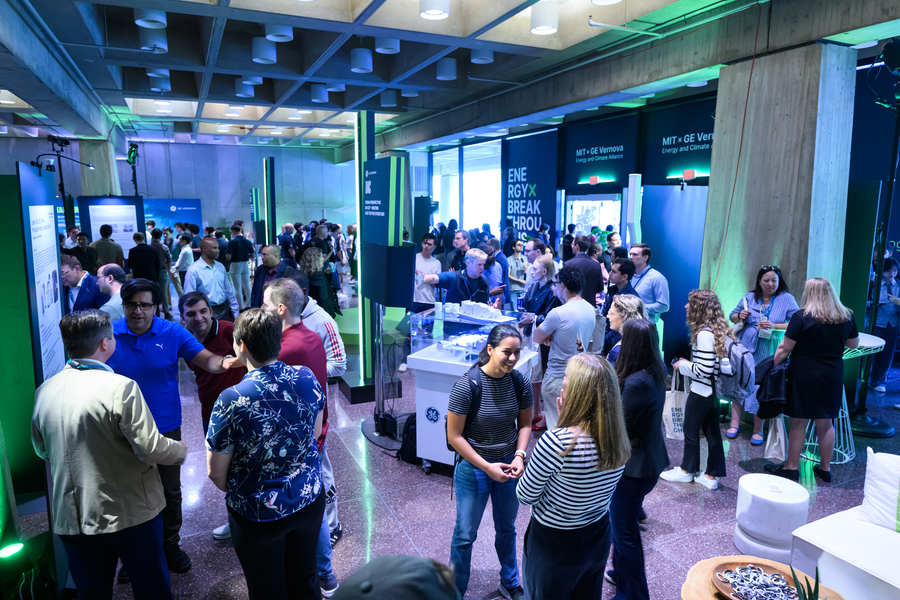
Daring to create the future we want
The launch event transformed MIT’s Lobby 13 with green lighting and animated conversation around the posters and hardware demos on display, reflecting the sense of optimism for the future and the type of change the alliance — and the Commonwealth of Massachusetts — seeks to advance.
“Because of this collaboration and the commitment to the work that needs doing, many things will be created,” said Secretary Paley. “People in this room will work together on all kinds of projects that will do incredible things for our economy, for our innovation, for our country, and for our climate.”
The alliance builds on MIT’s growing portfolio of initiatives around sustainable energy systems, including the Climate Project at MIT, a presidential initiative focused on developing solutions to some of the toughest barriers to an effective global climate response. “This new alliance is a significant opportunity to move the needle of energy and climate research as we dare to create the future that we want, with the promise of impactful solutions for the world,” said Evelyn Wang, MIT vice president for energy and climate, who attended the launch.
To that end, the alliance is supporting critical cross-institution efforts in energy and climate policy, including funding three master’s students in MIT Technology and Policy Program and hosting an annual symposium in February 2026 to advance interdisciplinary research. GE Vernova is also providing philanthropic support to the MIT Human Insight Collaborative. For 2025-26, this support will contribute to addressing global energy poverty by supporting the MIT Abdul Latif Jameel Poverty Action Lab (J-PAL) in its work to expand access to affordable electricity in South Africa.
“Our hope to our fellows, our hope to our students is this: While the stakes are high and the urgency has never been higher, the impact that you are going to have over the decades to come has never been greater,” said Roger Martella, chief corporate and sustainability officer at GE Vernova. “You have so much opportunity to move the world in a better direction. We need you to succeed. And our mission is to serve you and enable your success.”
With the alliance’s launch — and GE Vernova’s new membership in several other MIT consortium programs related to sustainability, automation and robotics, and AI, including the Initiative for New Manufacturing, MIT Energy Initiative, MIT Climate and Sustainability Consortium, and Center for Transportation and Logistics — it’s evident why Betar Gallant says the company is “all-in at MIT.”
The potential for tremendous impact on the energy industry is clear to those involved in the alliance. As GE Vernova Fellow Jack Morris said at the launch, “This is the beginning of something big.”
